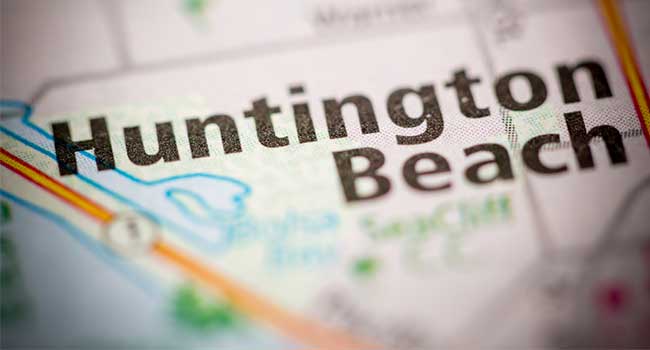
Huntington Beach District First to Implement New Federal Security Assessment
The Department of Homeland Security helps California school district to enhance campus security.
- By Sydny Shepard
- October 26, 2018
The Huntington Beach School District is the first in the nation to implement a federal school safety assessment developed in the wake of the Feb. 14 mass shooting in Parkland, Fla.
The school district used the U.S. Department of Homeland Security's 2018 school security guide for K-12 in order to complete an assessment of the security of their schools.
"Unfortunately, it is no longer enough to provide an excellent education," Superintendent Gregg Haulk said. "We must now also provide an excellent educational environment, which includes keeping our students safe."
The Department of Homeland Security released the school security guard in July with the intentions of providing best practices for measures and to address gun violence and other threats in schools. DHS has been working with the Department of Education to advise school resource officers, administrators and staff in addressing not only emergency management but also physical security at schools.
"We were able to develop a tool similar to what we'd use at a local shopping mall, but this would be very specific to K-12 schools," protective security advisor for DHS Brian Keith said.
Nine of the schools in the district will be assessed and anything that comes up will be an option for consideration when it comes to increasing security on the campus. That could include things such as placement of cameras, additional fencing or new technologies and alarm systems.
"After the Parkland shooting, our threats and issues that came up at the schools skyrocketed," Huntington Beach Police Chief Robert Handy said. "Thankfully, none of those issues turned into anything with any significance, but we believe there were things that could have been prevented."
About the Author
Sydny Shepard is the Executive Editor of Campus Security & Life Safety.